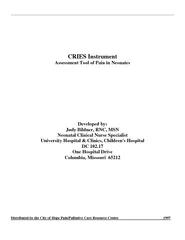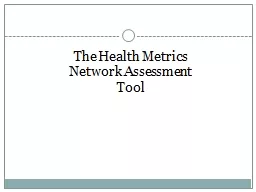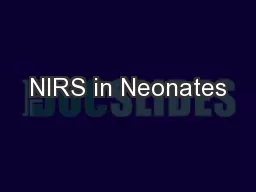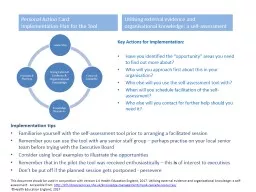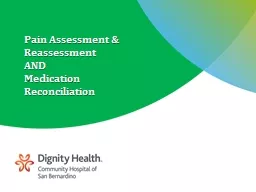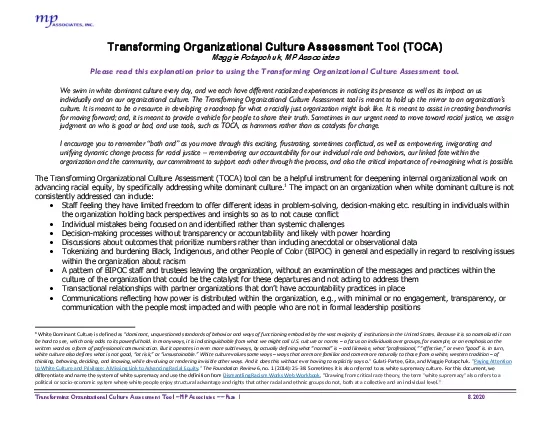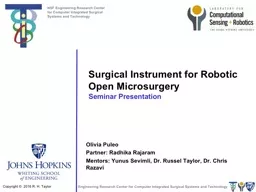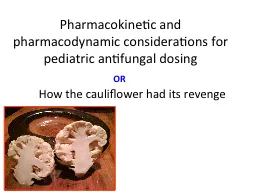PDF-CRIES Instrument Assessment Tool of Pain in Neonates D
Author : myesha-ticknor | Published Date : 2015-05-22
17 One Hospital Drive Columbia Missouri 65212 Distributed by the City of Hope PainPalliative Care Resource Center 1997 brPage 2br CRIES Paediatric Anaesthesia Neonatal
Presentation Embed Code
Download Presentation
Download Presentation The PPT/PDF document "CRIES Instrument Assessment Tool of Pain..." is the property of its rightful owner. Permission is granted to download and print the materials on this website for personal, non-commercial use only, and to display it on your personal computer provided you do not modify the materials and that you retain all copyright notices contained in the materials. By downloading content from our website, you accept the terms of this agreement.
CRIES Instrument Assessment Tool of Pain in Neonates D: Transcript
Download Rules Of Document
"CRIES Instrument Assessment Tool of Pain in Neonates D"The content belongs to its owner. You may download and print it for personal use, without modification, and keep all copyright notices. By downloading, you agree to these terms.
Related Documents

